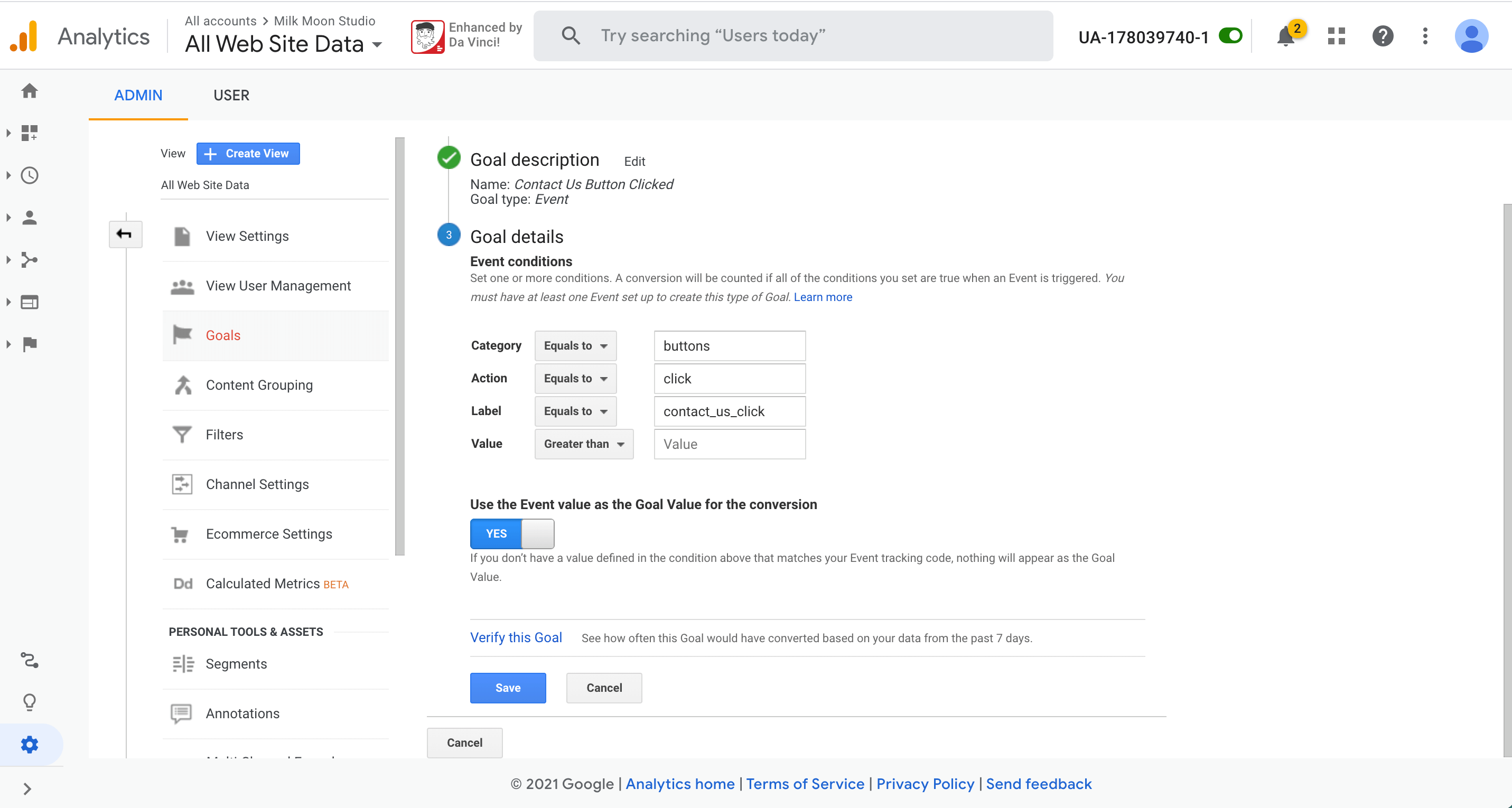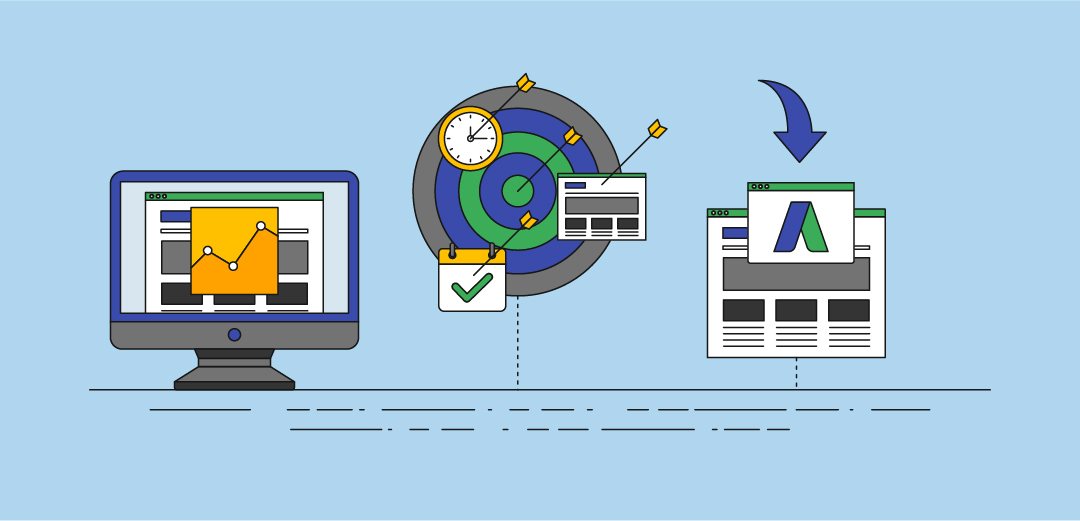Debunking Google Analytics Limitations: Reveal What Data Goals Can not Track
In the realm of electronic analytics, Google Analytics stands as a powerful device that offers useful insights right into website performance and customer habits. Nevertheless, amidst its abilities, there exist constraints that typically go unnoticed. Understanding what Google Analytics can not track is vital for a detailed grasp of data analysis and decision-making processes. From the details of customer communication with dynamic material to the intricacies of cross-device customer trips, these restrictions clarified areas that might stay covered from conventional analytics point of views. By deciphering these restrictions, a clearer picture arises, enabling for even more informed approaches and fine-tuned understandings into customer involvement and conversions.

Customer Communication With Dynamic Content
User interaction with vibrant material plays an essential duty in recognizing customer behavior on websites and enhancing the general individual experience. By tracking customer communications with vibrant content, web site proprietors can obtain valuable insights into user engagement, choices, and habits - what data is google analytics goals unable to track.
Google Analytics uses different tools to track customer interactions with dynamic content, such as event monitoring and virtual pageviews. Occasion tracking enables you to keep an eye on specific customer actions, like clicking a button or enjoying a video clip, supplying data on just how customers communicate with dynamic components. Digital pageviews can be utilized to track communications that do not result in a brand-new page lots, giving a thorough view of individual interaction with vibrant web content. By examining this data, internet site proprietors can make enlightened decisions to improve user experience and drive conversions.
Cross-Device Customer Journeys
Exactly how can modern-day analytics devices track the complicated courses users take across several devices in their on-line journeys? Cross-device customer trips offer a considerable difficulty for monitoring and examining individual behavior precisely. As customers interact with applications or sites making use of various gadgets such as tablet computers, desktop computers, and smartphones, it becomes crucial to understand exactly how they relocate in between these systems to enhance individual experience efficiently.
Google Analytics deals with constraints in tracking cross-device customer journeys due to privacy issues and technical restrictions - what data is google analytics goals unable to track. While it can give understandings right into specific tools' interactions, tracking a seamless customer trip throughout several gadgets stays a difficulty. This restriction can lead to incomplete information and fragmented user understandings, making it difficult for companies to develop a unified sight of the client journey
To resolve this concern, organizations can make use of innovative analytics devices that use cross-device monitoring capabilities, enabling them to gain an extra all natural understanding of individual behavior. By leveraging these devices, organizations can link the void in tracking cross-device customer trips and maximize their digital strategies for a smooth customer experience.
Offline Conversions and Attribution
As businesses navigate the challenges of tracking cross-device customer journeys, an additional critical aspect to take into consideration is the world of offline conversions and attribution in the realm of data analytics. While Google Analytics offers useful insights into on the internet customer actions, it fails when it pertains to tracking conversions that occur offline. This restriction poses a substantial obstacle for services that have both online and offline sales channels.
Offline conversions, such as purchases made in physical shops or via call centers, are important to understanding the complete customer journey. Without the ability to associate these offline conversions to particular online communications, services might have a hard time to precisely determine the influence of their digital advertising initiatives.
To address this void, businesses can check out alternate services such as incorporating CRM systems with online analytics devices or using special coupon codes that can be traced back to on-line campaigns. By connecting the space between online and offline data, organizations can obtain a much more comprehensive understanding of their clients' habits and Read Full Report improve their overall advertising and marketing methods.
Individual Individual Recognition
In the realm of information analytics, the capability to accurately identify individual users throughout various on-line touchpoints is a critical challenge for services looking for to individualize and enhance their advertising and marketing methods. While Google Analytics supplies beneficial understandings into customer habits and interactions, it drops short in enabling the recognition of details individuals because of personal privacy issues and technological restrictions. Google Analytics makes use of one-of-a-kind identifiers such as cookies to track customer sessions and actions, yet these do not correspond to determining private customers in a personal sense.

Data From Secure Pages
Despite the raising frequency of secure pages on more websites, acquiring information from these encrypted resources offers a distinct difficulty for electronic analytics systems like Google Analytics. Secure pages, suggested by HTTPS in the URL, encrypt data exchanged between the customer's web browser and the internet site's server to make sure personal privacy and safety. While this encryption is vital for securing delicate details, it also poses limitations for tracking user actions and event analytics information.
Google Analytics encounters barriers in collecting detailed info from safe and secure pages because of the security methods in position. Consequently, certain information points such as recommendation sources, keyword searches, and even some customer interactions might not be fully her response caught when users access an internet site via a safe connection. This limitation can affect the precision and efficiency of the information evaluation, leading to voids in understanding customer actions and preferences on safe and secure web pages.
To navigate this challenge, digital analysts might require to check out alternative monitoring techniques or take advantage of various other devices particularly developed to gather insights from safe and secure pages. By adapting techniques to accommodate these constraints, services can still obtain beneficial analytics regardless of the constraints provided by encrypted connections.
Final Thought
In conclusion, Google Analytics has restrictions in tracking customer interaction with dynamic web content, cross-device customer journeys, offline conversions, private user recognition, and information from safe and secure pages. Despite its beneficial insights, Google Analytics might not provide a total picture of customer interaction throughout numerous touchpoints.
Customer interaction with dynamic web content plays an important function in comprehending customer habits on internet sites and enhancing the overall user experience. By tracking customer communications with dynamic web content, web site owners can acquire beneficial insights into user engagement, preferences, and behaviors.
Google Analytics uses one-of-a-kind identifiers such as cookies to track user sessions and behavior, yet these do not correspond to recognizing individual customers in an individual feeling.
As an outcome, particular data points such as reference resources, keyword searches, and even some customer communications may not be completely captured when customers access an internet site via a safe link.In conclusion, Google Analytics has limitations in tracking user interaction with dynamic content, cross-device user trips, offline conversions, private user recognition, and data from safe pages.
Comments on “Discover What Data Is Google Analytics Goals Unable to Track”